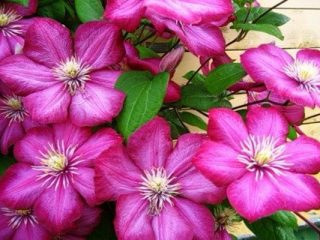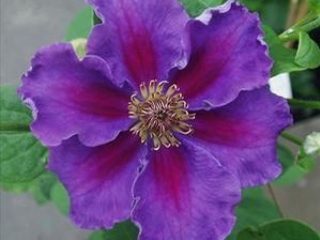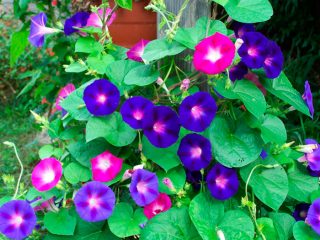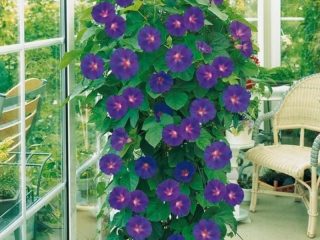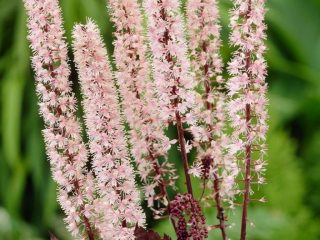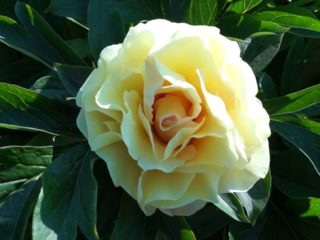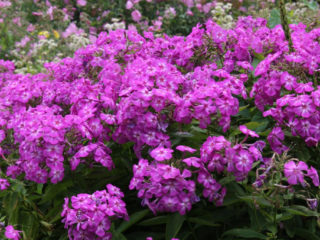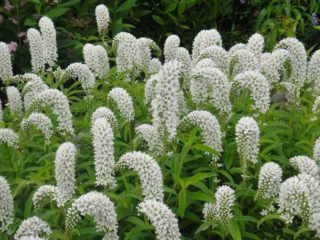Content
The difference between nivberry and chamomile lies in some external characteristics, including the shape of the leaves, the size of the inflorescences, and the height of the stem. Plants also differ in their properties and methods of reproduction. Moreover, they have many similarities due to belonging to the same family.
Similarities between chamomile and cornflower
These genera are represented by flowering herbaceous plants and belong to the same family Asteraceae (Asteraceae). Among them there are both annuals and perennials.
One of the similarities is the distribution area. These representatives of the same family are found throughout Eurasia, and are also found on other continents:
- North America;
- Africa;
- Australia.
There are other similarities:
- fruit-achene;
- the marginal false-lingulate flowers are white, and the tubular flowers are yellow, bisexual.
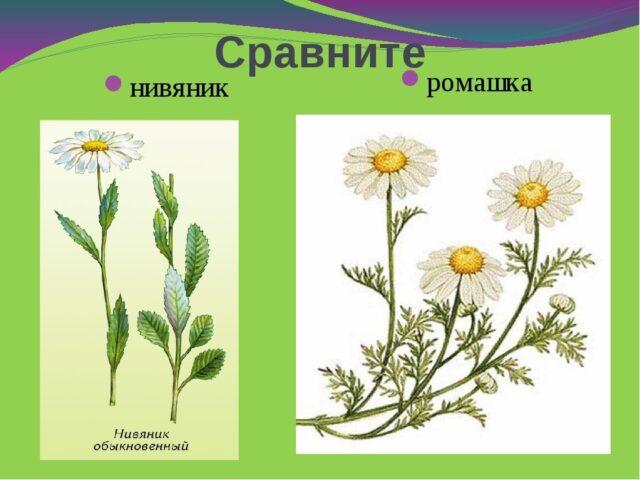
Both plants prefer well-lit areas and bloom in summer, mainly in June-July
What is the difference between cornflower and chamomile?
These representatives of the Astrovs are often confused. There are not many differences between them, and some are difficult to notice.
Flowers
Some differences lie in the type and structure of the inflorescences. In both cases these are baskets, but in the first genus they are single and larger in size. Their diameter is 2.5-6 cm. You can distinguish chamomile from cornflower (popovnik) by the inflorescences collected in corymbs. The diameter of the baskets is only 0.4-2 cm.
Stem
Both genera are herbaceous plants. The difference between them is often the height of the stem. In the first representative of the family it is usually smaller and depends on the specific species.
In common chamomile (pharmaceutical chamomile), the stem height is usually 15-60 cm. In contrast, in another member of the family it often reaches 70-80 cm.
Another difference is that the chamomile stem has branches, while the popovka has only one.
Leaves
Chamomile differs from cornflower in its leaves. They are simply and twice pinnately dissected and are represented by numerous thin lobes. The plates are quite delicate and soft.
Another member of the family has whole, denser, tougher leaves. Depending on the specific species, they are lobed, with jagged edges.
Benefit
Chamomile raw materials (pharmacy variety) are officially considered medicinal. Unlike her, the priest does not have such status. Dried chamomile flowers are sold in pharmacies, fresh raw materials and extracts are used to make some preparations (herbal mixtures, Rotokan, Kamistad, Tonzilgon N). The popularity of raw materials is due to their beneficial properties:
- anti-inflammatory;
- diaphoretic;
- soothing;
- antiviral;
- pain reliever;
- hemostatic;
- antispasmodic.
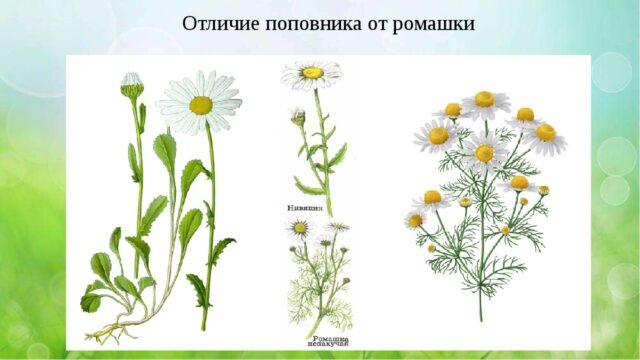
The listed beneficial properties are also manifested in nivaria, but to a much lesser extent.
Reproduction methods
The chamomile variety reproduces only by seeds - on average, 5,000 of them are produced from one plant.1 hectare of cultivated plantation yields about a hundredweight of planting material. In nature, it is carried by wind, rain and melt water, and people.
Unlike its relative, the priest has more options:
- seed method;
- dividing the bush;
- propagation by green cuttings.
Application in garden landscape design
Both members of the Asteraceae family are popular in landscape design. Popovnik is often preferred because it is attractive due to its larger size.
Both representatives of the same family are suitable for both single and group planting. They are usually combined with plants of similar height, planted in the background with shorter flowers or in front of trees and shrubs.

Both plants are used in mixed plantings, combined with flowering and decorative foliage neighbors of other shades
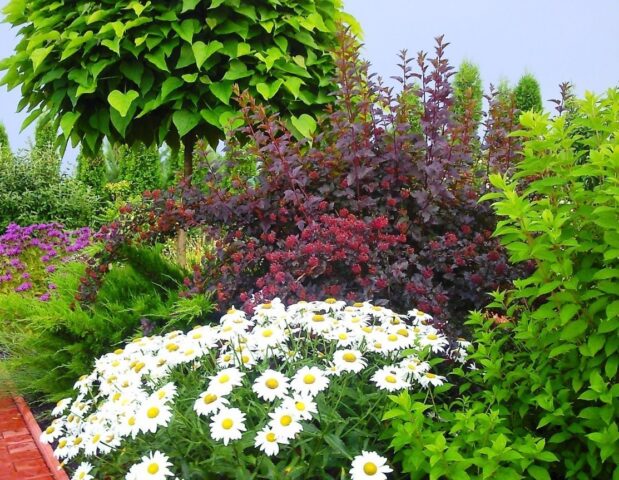
Representatives of both genera look good against the background of shrubs and trees
Conclusion
The difference between cornflower and chamomile lies mainly in the size of the stem and flowers, and the shape of the leaves. There is also a difference in the characteristics of the use of plants. Popovnik is more popular in landscape design when its relative is a valuable medicinal raw material.
